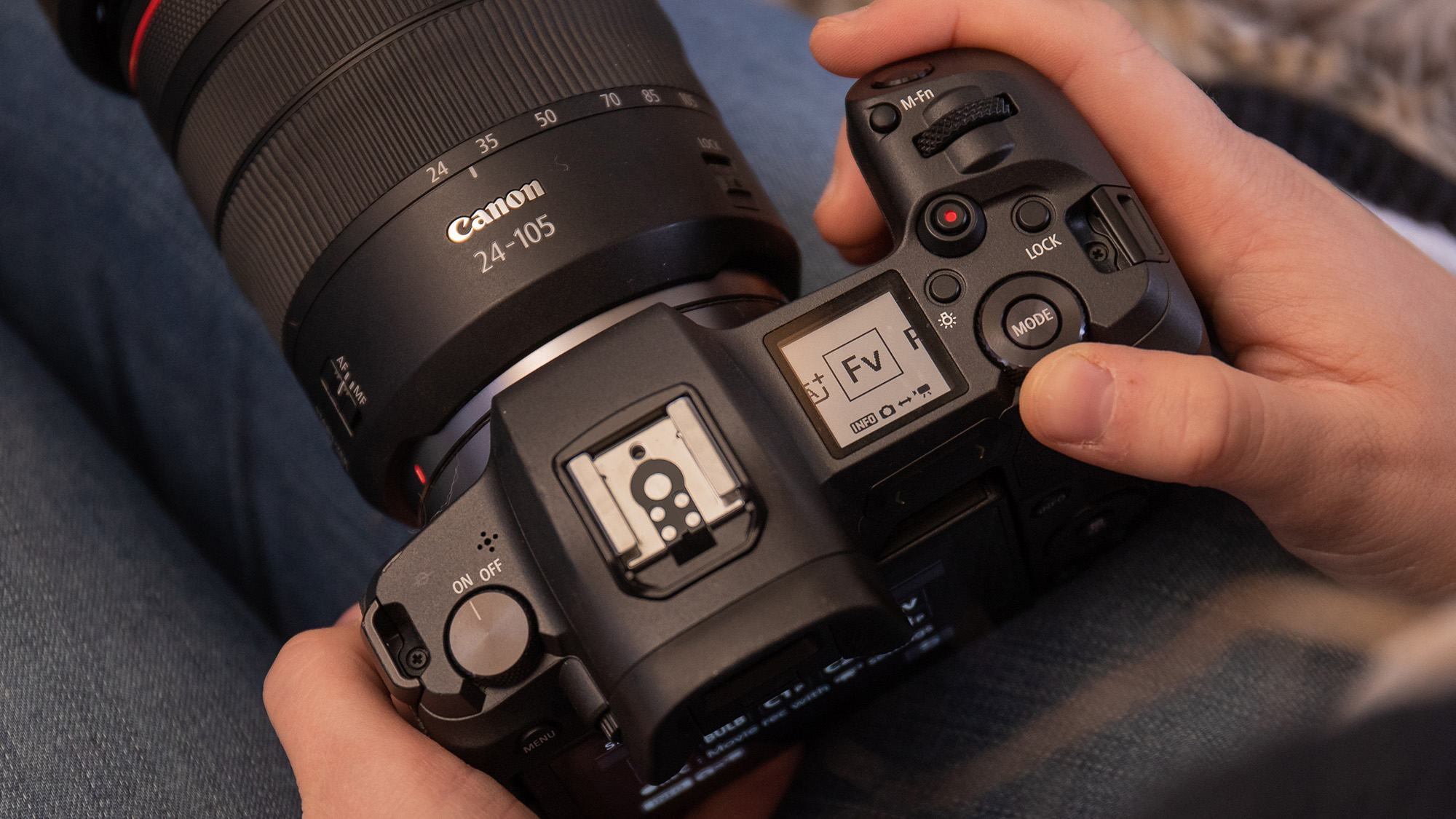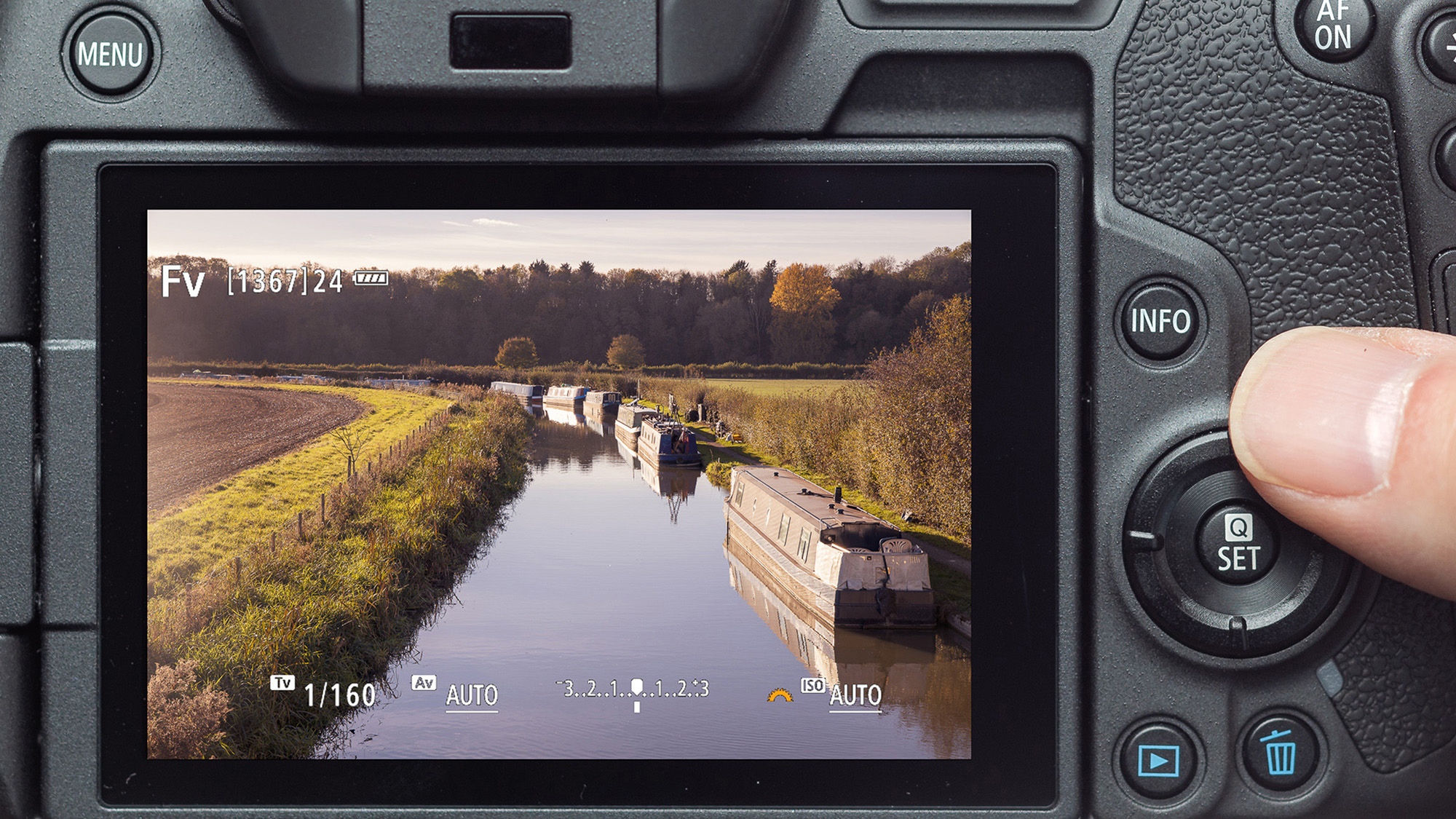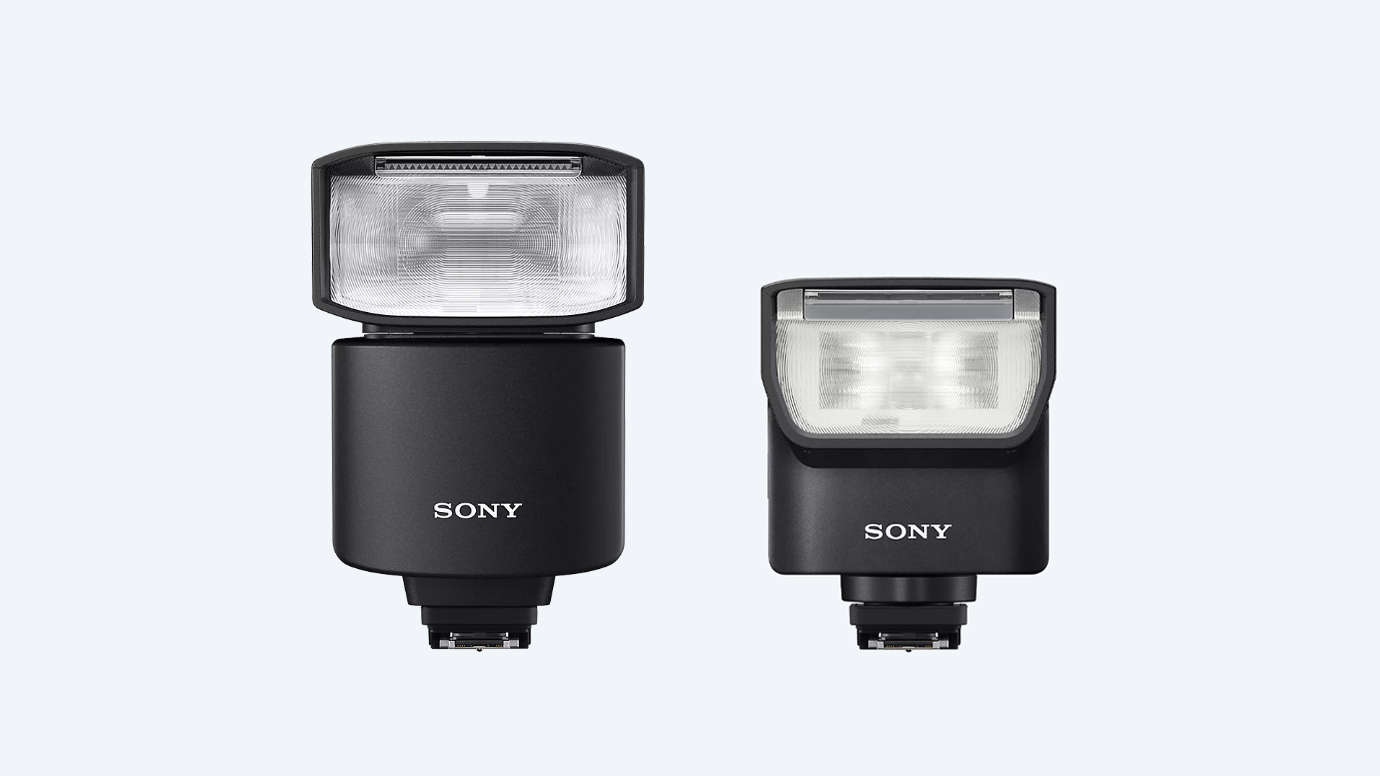Whaddya mean Canon invented a shooting mode that combines aperture and shutter priority? I reckon Fv mode should be talked about more!
An innovation that’s hardly talked about is the introduction of Canon’s first creative zone shooting mode in decades. But is Fv mode any good?

If you’re anything like me, it’s aperture priority, manual mode or the highway. And to that end, I’ve completely ignored Canon's Fv mode, which debuted on the manufacturer’s first full-frame mirrorless camera, the Canon EOS R. But despite being the first creative zone shooting mode in over four decades, Canon didn’t exactly shout about it. And yet, it certainly hasn’t gone away. Most of the best Canon cameras have it, including the Canon EOS R6 Mark II and even the behemoth that is the Canon EOS R5 Mark II.
So, what is Fv mode and why isn’t it talked about more? Well, for starters, Canon also refers to it as 'shooting flexibility' and 'flexible priority', so we’re already off to a confusing start… I like to think of Fv mode as Flippin’ Versatile mode, because that’s exactly what it’s designed to be. Rather than having to switch between aperture and shutter priority and manual mode while you shoot, Fv mode is designed to incorporate all three.
How does Fv mode work?
You or the camera take control of each individual element of the exposure triangle – ISO, aperture, and shutter speed – in any combination. So that means all three settings could be set to manual or auto, or you can pick and choose.
Say you want to shoot with ISO and shutter speed on auto, and control aperture manually, but then want to shoot with ISO and shutter speed manually and have aperture on auto – you can do that with Fv mode. It even enables you to throw exposure compensation into the mix.
So, if Fv mode is so flexible, why isn’t it being talked about more? Well, we all get used to the way we operate our cameras. And once you get used to the same system, you rarely have to shake up your method of shooting – even when picking up a new camera, because manufacturers rarely alter control layouts and core functions that dramatically.
Switch to Fv mode and you will face a bit of a learning curve, so you’ll want to spend plenty of time practicing before letting it loose on an important or paid shoot.
How do you control Fv mode?

Fv mode sets everything to auto by default – you’ll know when a setting is set to auto, because a white line will appear beneath it on the rear LCD. You can then begin to tweak your settings. One way of doing this is by tapping the desired exposure setting on the rear LCD. Once selected, an orange half-circle will appear next to it. You can then use the main control dial to alter the setting.
Get the Digital Camera World Newsletter
The best camera deals, reviews, product advice, and unmissable photography news, direct to your inbox!
If you don’t like using the touch screen, you can use the Quick Control Dial to select the desired exposure setting instead. The clever bit is that you can mess around with all three settings as much as you like, but you can also assign a button that resets the selected setting back to auto and another button to set all settings back to auto. Think of it as an Fv mode factory reset.
One feature that’s often overlooked is how Fv mode behaves depending on whether or not the shutter button is half-pressed. Leave the shutter button alone and when you change your selected exposure setting’s value, it will start from its base value (such as the base ISO). But, if you change the value of the setting while half-pressing the shutter button, you’ll get an automatic assist, so you alter the value from where it’s been metered.
For example, instead of having to scroll your shutter speed all the way from 30 seconds every time, you might be starting at 1/100 sec or 1/600 sec.

Personally I think Fv mode is extremely useful, and the ability to quickly snap back to auto makes it a great set of training wheels for beginner photographers. I don’t tend to switch modes too often, so I couldn’t see myself switching from my preferred combination of aperture priority and manual mode. However, I’m sure the right photographer in the right situation could really start to wield Fv mode quickly and effectively. If you can get to grips with it and you’re prone to changing shooting modes, it might just become your preferred method of shooting.
Should Canon be shouting about it more? Definitely. Megapixels, sensor resolution and burst speeds are all well and good, but Fv mode is an example of an area of photography where the industry doesn’t often innovate. I’d love to see more of it!
You may also like…
Wondering how to use aperture priority mode? Asking what is exposure compensation? Perhaps you're even thinking, what is exposure in photography? We're here to help!

Mike is Digital Camera World's How To Editor. He has over a decade of experience, writing for some of the biggest specialist publications including Digital Camera, Digital Photographer and PhotoPlus: The Canon Magazine. Prior to DCW, Mike was Deputy Editor of N-Photo: The Nikon Magazine and Production Editor at Wex Photo Video, where he sharpened his skills in both the stills and videography spheres. While he's an avid motorsport photographer, his skills extend to every genre of photography – making him one of Digital Camera World's top tutors for techniques on cameras, lenses, tripods, filters and other imaging equipment – as well as sharing his expertise on shooting everything from portraits and landscapes to abstracts and architecture to wildlife and, yes, fast things going around race tracks...
You must confirm your public display name before commenting
Please logout and then login again, you will then be prompted to enter your display name.
